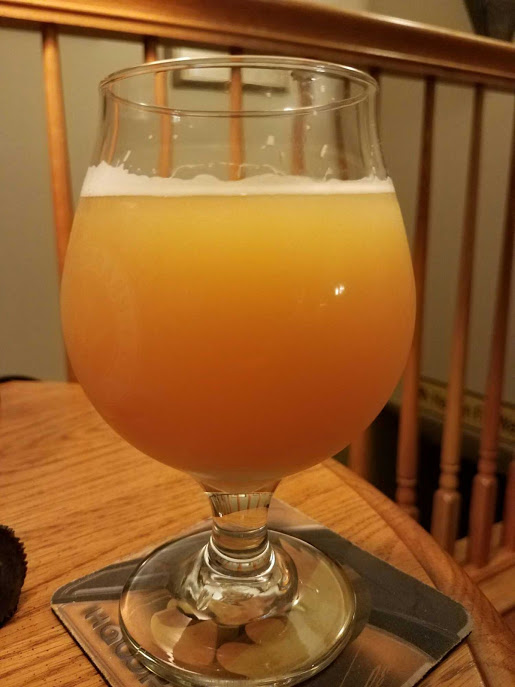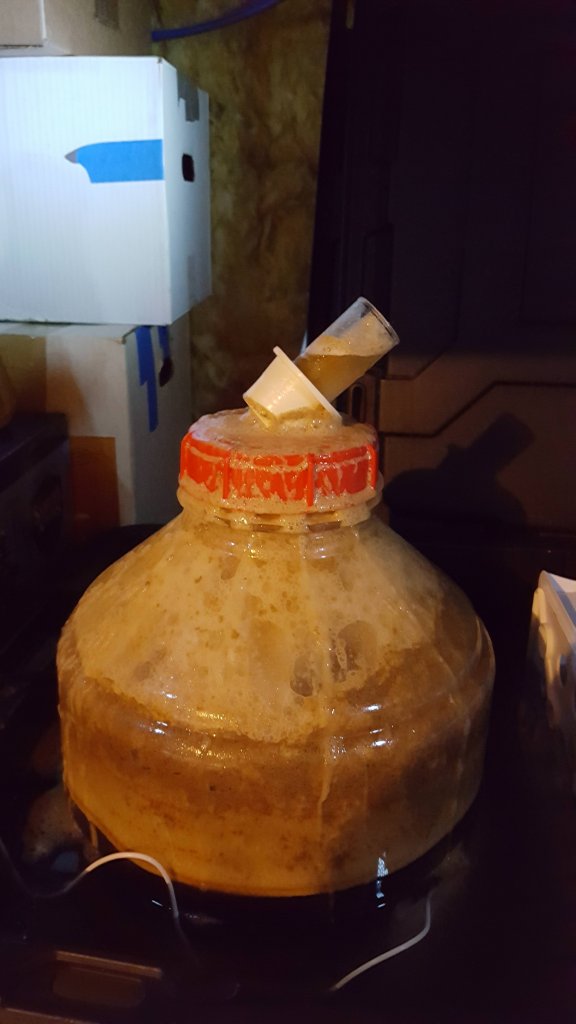I just brewed last weekend with this yeast, IPA. OG was 1.074 and I pitched a healthy starter right around 65°F, let it free rise in my basement closet over the next few days. Temp inside rose to 74-76F, haven't detected any off flavors. Pretty active, brew off out of my airlock valve (better bottle airlock0. The bigger disappointment was that it has finished at 1.018, and has left a faint hint of residual sweetness. Was really hoping for 1.012-1.014, but didn't get there. You wouldn't think 4 points would do much, but it seems to have in this one. Maybe it'll clean up a bit once cold crashed in the keg. Going to dry hop in the keg and get it on tap. Going to naturally carb this one this time with the dry hops in there using my spund valve.


























































